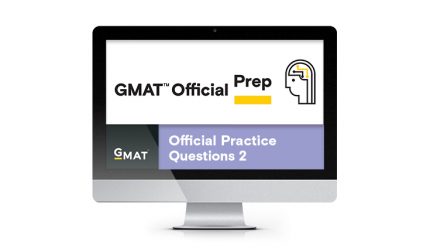The following GMAT Problem Solving question tests your understanding of how to deal with distance/rate/time questions.
Question 3:
Train $A$ and $B$, $455$ miles apart, are traveling towards each other on parallel tracks at constant rates and in the same time zone. If train $A$ left at $4$ pm traveling at a speed of $60$ miles per hour, and train $B$ left at $5:45$ pm traveling at $45$ miles per hour, then at what time would they pass each other?
- $\quad 7:20 \; \textrm{pm}$
- $\quad 8:55 \; \textrm{pm}$
- $\quad 9:05 \; \textrm{pm}$
- $\quad 9:20 \; \textrm{pm}$
- $\quad 9:25 \; \textrm{pm}$
